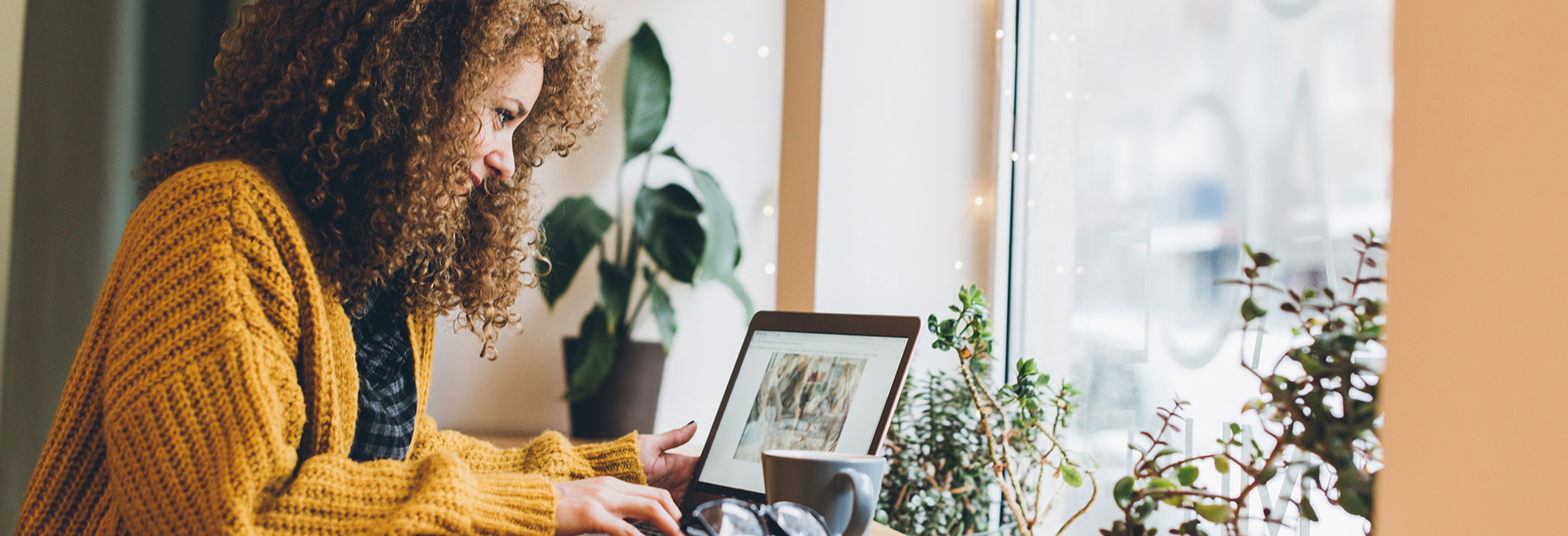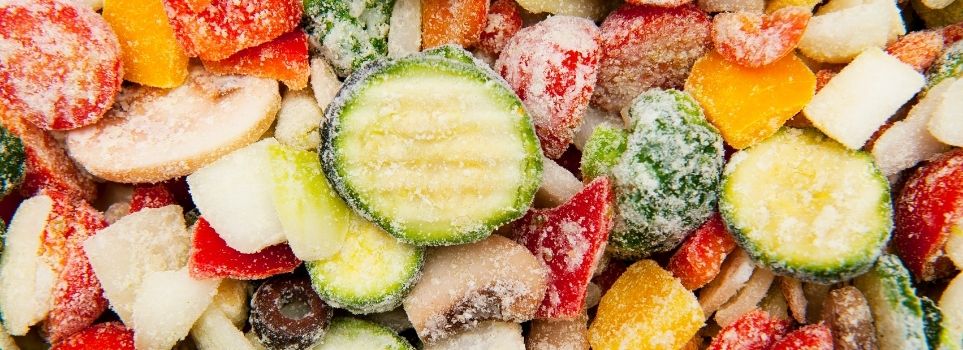It’s always helpful to learn something new! At Oxford at Tech Ridge Apartments in Austin, Texas, we love to provide you with fun, thought-provoking tidbits that will make you reflect on different aspects of life.
As the weather heats up, everyone is dusting off their grilling gear for the upcoming summer season. With the coronavirus pandemic now at a lull, it is now the perfect time to host an outdoor party to celebrate summertime, complete with fresh salads, grilled veggies, and the juiciest of burgers and hot dogs. Just like in any kitchen environment, however, it's important to keep food safety in mind, which includes storing food at the correct temperatures and keeping illness-causing bacteria off the guest list.
Remember, you can easily protect your beloved barbecue and other prepared food by keeping it out of the temperature "danger zone," which is considered to be any temperature from 40 to 140 degrees Fahrenheit. Within this temperature range, your food is more likely to play host to bacteria, essentially allowing microbes, such as E.coli and Salmonella, to throw their own party against your best wishes. In fact, according to the U.S. Department of Agriculture Food Safety and Inspection Service, the number of bacteria can double in just twenty minutes when food is held in the danger zone.
Avoid the danger zone and minimize the risk of foodborne illnesses by keeping your food at safe temperatures. Without further ado, here is how to keep your hot food hot and cold food cold, according to the most trusted food experts!
How to Keep Hot Food Hot
Hot foods should be kept above the temperature danger zone of 140 degrees F or higher. The easiest way to do this is to use chafing dishes, which are essentially large serving dishes placed in a water pan and set on a wire rack. A fuel can is positioned beneath the water pan to keep the dish hot. All you have to do is add some H2O to the water pan, cover the dish with aluminum foil, and light the fuel can under the wire rack. Once the food is ready to serve, place it in the serving dish and allow it to rest just above the warm water. Just make sure the food is heated to at least 140 degrees F before you add it to the pan. Another option is to create a portable hot box using a cooler. Whatever you do, keep a food thermometer handy, so you can get an instant, digital read on the food before everyone grabs their paper plates!
How to Keep Cold Food Cold
Cold food should be kept below the temperature danger zone of 40 degrees F or lower. Compared to hot food, though, cold food is slightly easier to keep out of the danger zone. Most cookouts have at least one cooler available, so you can use one to keep the cold foods at the proper temperature. Fill your coolers with ice cubes or blocks, then add food that has been properly wrapped in plastic wrap or Ziploc bags. Keep the cooler in the shade and closed as much as possible to keep the cold temperatures regulated. You can always keep a separate cooler for food and/or drinks that will be accessed more often. Another option is to serve all the cold foods on top of the ice. Think of your chafing dish with the hot water, but you'll want a deep serving container that can be easily lodged into the ice, instead.



